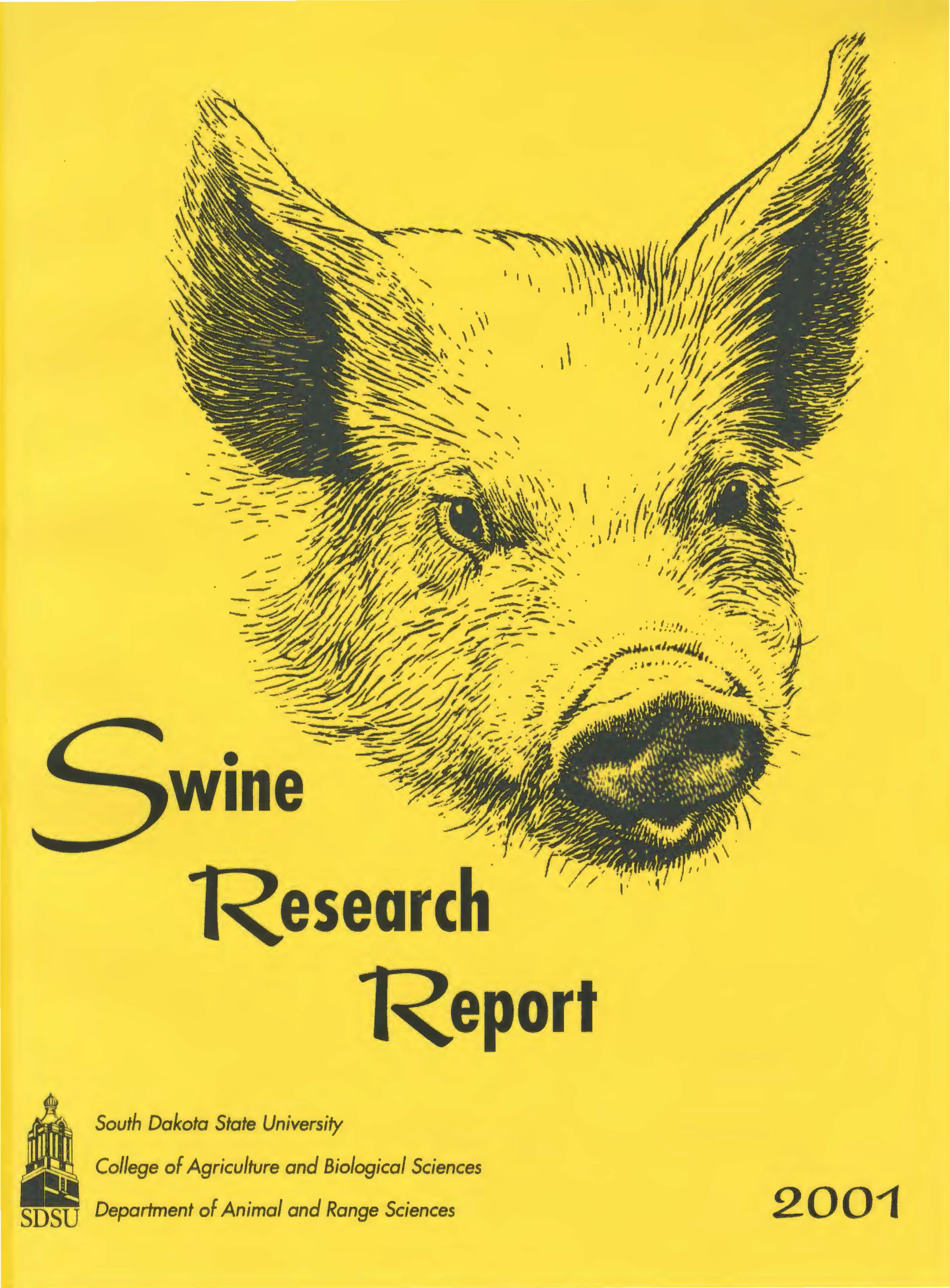Document Type
Article
2001-16
Publication Date
2002
Summary
It is known that boars, barrows, and gilts grow at different rates and with varying defficiencies. Gilts generally eat less, grow slower, but are more efficient and have leaner carcasses than. One way in which growth may be regulated in pigs is through changes in circulating IGF-I and (or) IGF binding proteins (IGFBPs) Insulin-like growth factors-I has been shown to stimulate amino acid and lgucose uptake and increase protein synthesis, while IGFBPs can function to inhibit or protentiate the actions of IGFs. Estradiol has been demonstrated to regulate expression of the IGF system. Administration of estradiol increased serum concentrations of IGF-I and relative amounts of IGFBP-3 and -4 in the ewe. Boars produce more estradiol than gilts or barrows and also exhibit greater serum concentrations of IGF-1 and IGFB-3. Boars produce more testosterone than gilts or barrows, which may work in concert with stradiol to increase circulating levels of IGF-1 and IGFBP-3 similar to what is observed in implanted steers. The objectives of the current experiment were to determine 1) if serum concentrations of IGF-1, estradiol-17β, testosterone, and relative amounts of IGFBPs differ in growing boars, barrows, and gilts, and 2) if growht rate and cirulating levels of IGF-1 and relative amounts of serum IGFBPs were related to serum concentrations of estradiol and testosterone.
Number of Pages
8
Format
application/pdf
Language
en
Publisher
South Dakota State University
Rights
Copyright © 2001
Recommended Citation
Clapper, J.A. and Rempel, L.A., "Serum Concentrations of IGF-1 and Steroids
in Growing Boars, Barrows and Gilts." (2002). South Dakota Swine Research Report, 2001. 17.
https://openprairie.sdstate.edu/sd_swinereport_2001/17

